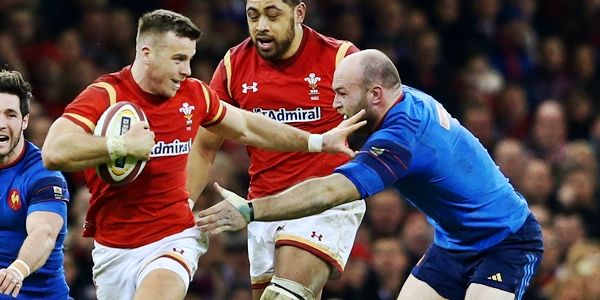If a player is suspected of concussion, why take the risk of putting them back out on the pitch?
Reported cases of concussion in rugby are on the up. There is no disputing that fact.
Since 2012, confirmed concussions in the Aviva Premiership and Top 14 have risen, year on year.
As an entity, the Guinness PRO12 has yet to release such statistics but anecdotal evidence suggests a similar rise. For example, Connacht had three players concussed over the course of one game earlier this season.
Two incidents in France, in the past month, have sparked criticism for World Cup’s Head Injury Assessment protocols. The Top 14 and Six Nations go by the HIA protocols, which Professor Jean-François Chermann believes are flawed.
At present, HIA 1 occurs mid-game when is a player is suspected of being concussed. HIA 2 happens three hours after the final whistle with a third test taking place 48 hours later.
Chermann, who specialises in neurology in the sporting field, has slammed the protocols. He told Rugbyrama:
“For me, the concussion protocol as it is today has no scientific validity, it even dangerous… At least 20% of concussions are diagnosed the next day or two.”
The comments come on the back of two frightening cases of concussed players return to the field of play.
On February 26, France flanker Antoine Burban left the pitch for a HIA after 29 minutes of his team’s defeat to Wales. He passed the cognitive test and returned after 35 minutes only to show signs of unsteadiness and leave the game for good after 52 minutes.
Burban was then ruled out of the rest of the championship [final two games] with concussion.
A fortnight ago, during a Pro D2 match between Mont du Marsan and Perpignan, flanker Vassili Bost went for a HIA after taking a blow 40 seconds in. Again, he returned to the field. Bost went off before half-time after receiving a second concussive blow.
Given the fact that fatalities have been confirmed – at amateur level – due to second impact syndrome, it begs the question why players suspected of being concussed are being allowed to return to play after passing a test that is far from water-tight.







































